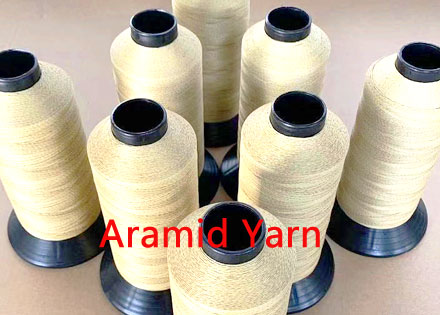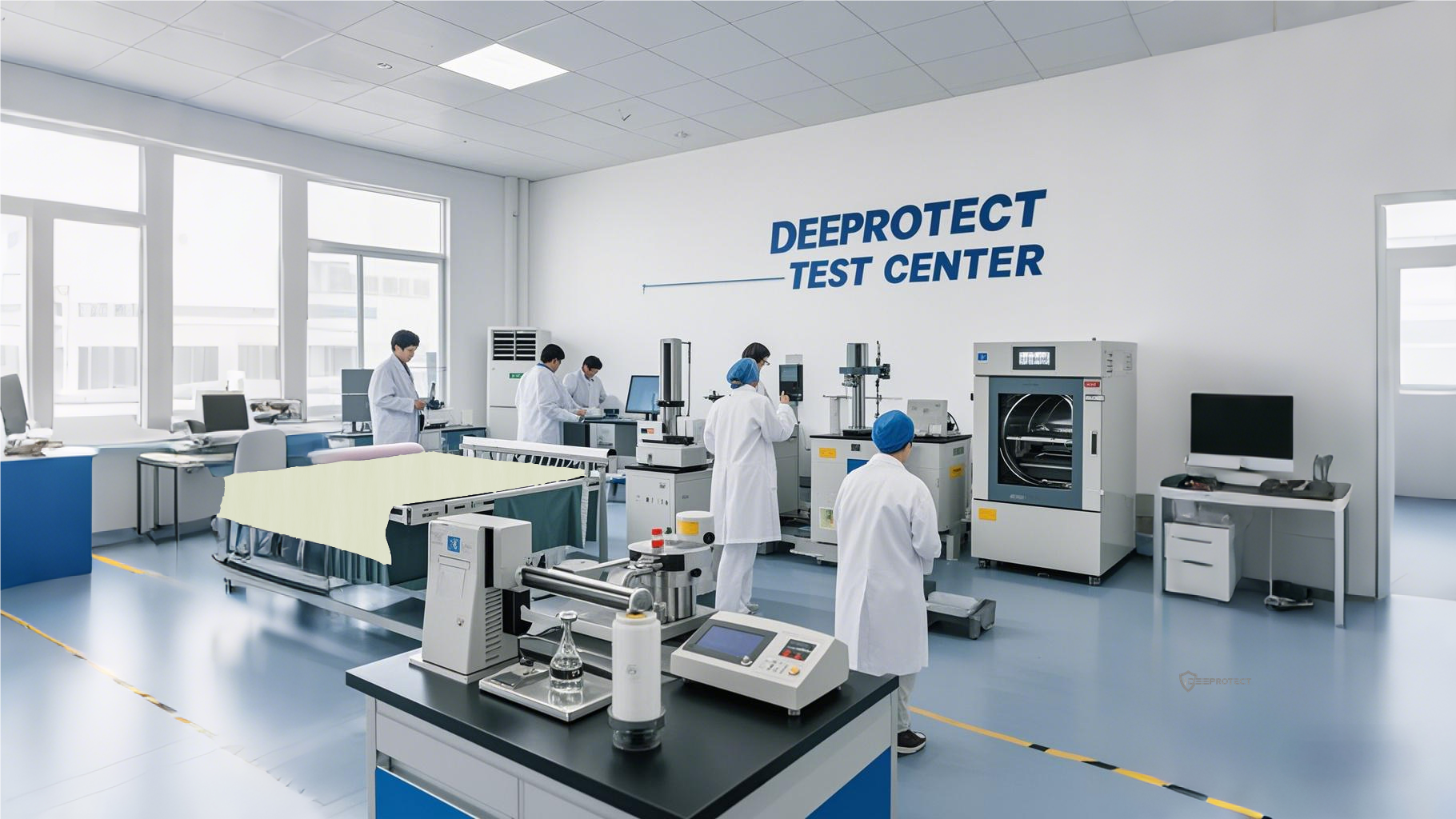Aramid Yarn in Fire Retardant Applications
By Technical Team-Deeprotect

1. Introduction
Aramid yarns, synthetic fibers renowned for their heat resistance and strength, are pivotal in fire retardant (FR) applications. Composed of aromatic polyamides, these yarns combine lightweight flexibility with exceptional thermal stability, making them ideal for protective gear, industrial insulation, and aerospace components. This article examines aramid yarn’s properties, manufacturing, and comparative advantages over other FR materials.
2. Material Composition & Manufacturing
Para-Aramid vs. Meta-Aramid
-
Para-Aramid (e.g., Kevlar®):
-
Composition: Poly-paraphenylene terephthalamide (rigid polymer chains).
-
Production: Spun via liquid-crystal process, yielding high tensile strength.
-
Meta-Aramid (e.g., Nomex®):
-
Composition: Poly-metaphenylene isophthalamide (flexible chains).
-
Production: Dry- or wet-spun into fibers with inherent flame resistance.
3. Key Properties for Fire Retardancy
|
Property
|
Para-Aramid
|
Meta-Aramid
|
|
Thermal Decomposition
|
500°C (carbonizes, no melting)
|
400°C (forms insulating char)
|
|
LOI (Limiting Oxygen Index)
|
28–30
|
29–32
|
|
Tensile Strength
|
Very High (3.0–3.6 GPa)
|
Moderate (0.5–0.7 GPa)
|
|
Chemical Resistance
|
Resists acids, weak against UV
|
Excellent (except strong acids/alkalis)
|
|
Applications
|
Bulletproof vests, cables
|
Firefighting suits, aircraft interiors
|
4. Fire Retardant Mechanisms
-
Char Formation: Meta-aramid swells into a thick insulating layer when exposed to flames, blocking heat transfer.
-
Low Thermal Conductivity (~0.04 W/m·K) slows heat propagation.
-
Non-Combustibility: Self-extinguishes upon flame removal (LOI >28).
5. Applications
Industrial & Military
-
Protective Clothing: Firefighter gear, military uniforms (Nomex® blends).
-
Transportation: Aircraft seat covers, engine insulation.
Consumer & Infrastructure
-
Electrical Insulation: FR coatings for wires/cables.
-
Building Materials: Fire curtains, thermal barriers.
6. Advantages & Limitations
Para-Aramid
✔ Pros:
-
Ultra-high strength-to-weight ratio.
-
Excellent cut/abrasion resistance.
✖ Cons:
-
Poor UV resistance (requires coatings).
-
Higher cost than meta-aramid.
Meta-Aramid
✔ Pros:
-
Superior thermal/chemical stability.
-
Soft, comfortable for textiles.
✖ Cons:
-
Lower mechanical strength.
-
Sensitive to hydrolysis.
7. Future Trends
-
Hybrid Yarns: Blending aramid with basalt or carbon fibers for enhanced FR performance.
-
Nanotech Coatings: Graphene layers to improve UV/chemical resistance.
-
Sustainability: Bio-based aramid precursors to reduce environmental impact.
8. Conclusion
Aramid yarns remain unmatched in balancing fire retardancy, durability, and flexibility. While para-aramid excels in high-strength applications, meta-aramid dominates where thermal insulation and comfort are critical. Ongoing innovations aim to address cost and environmental challenges, securing their role in next-gen FR solutions.
Keywords: aramid yarn, fire retardant fibers, Nomex, Kevlar, LOI, thermal protection textiles
For cutting-edge fire retardant solutions,
contact Deeprotect’s technical team.


 赣公网安备36072402000211号
赣公网安备36072402000211号